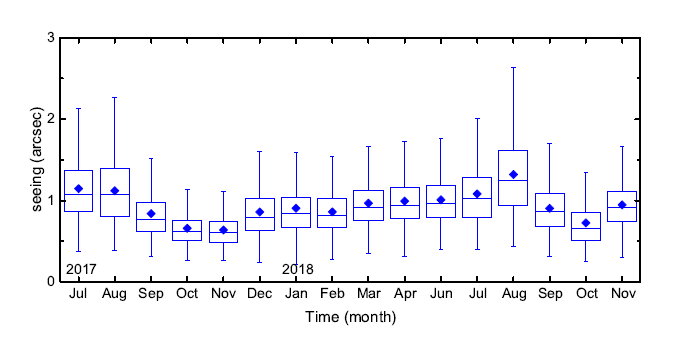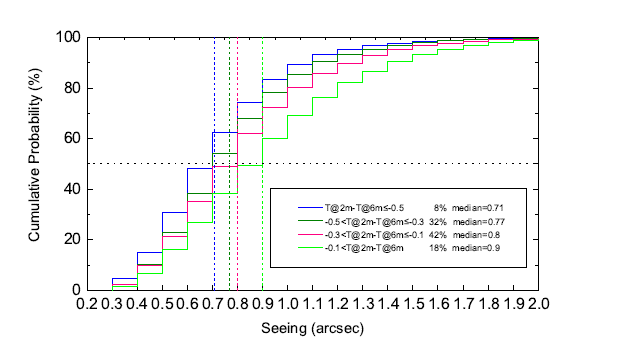The construction of astronomical observatory at the most premium site is fundamental to the efficient operation of astronomy and space observation equipment, and it also directly relates to the investment decision and long-term development strategy of the equipment. Located in the southwest of Xinjiang, Pamir Plateau possesses excellent astronomical observation resources making it unique in the natural conditions for optical, infrared and terahertz band astronomical observations.
In order to explore the resources for building an astronomical observatory in the Pamir Plateau, researchers at Xinjiang Astronomical Observation carried out a series of monitoring studies on the astronomical observing condition at Muztagh-ata site. As of January 2017, researchers have continuously monitored the meteorological parameters, night sky background, seeing and precipitable water vapor, and systematically analyzed the optical astronomical observing condition of the site. The first result, which was obtained from systematic and long-period measurements for the research on observing conditions in the Pamier plateau, proves that Muztagh-ata site will meet the operation requirements for the 1.93-meter telescope and other large optical astronomical observation facilities
The research has been published in Research in Astronomy and Astrophysics. The task of site-testing at Muztagh-ata site is supported from the “Key projects of astronomical joint fund of National Natural Science Foundation”. The researchers are planning to continue the study of the atmospheric optical properties at Muztagh-ata site for exploring the astronomical observing condition in more detail.
Paper link:
http://www.raa-journal.org/raa/index.php/raa/article/view/4504
http://www.raa-journal.org/raa/index.php/raa/article/view/4512
http://www.raa-journal.org/raa/index.php/raa/article/view/4610
Overview of the Muztagh-ata site of Xinjiang astronomical observatory, CAS

Monthly statistics of seeing from July 2017 to November 2018 at Muztagh-ata site

Analysis of the correlation between seeing and near-ground inversion layer